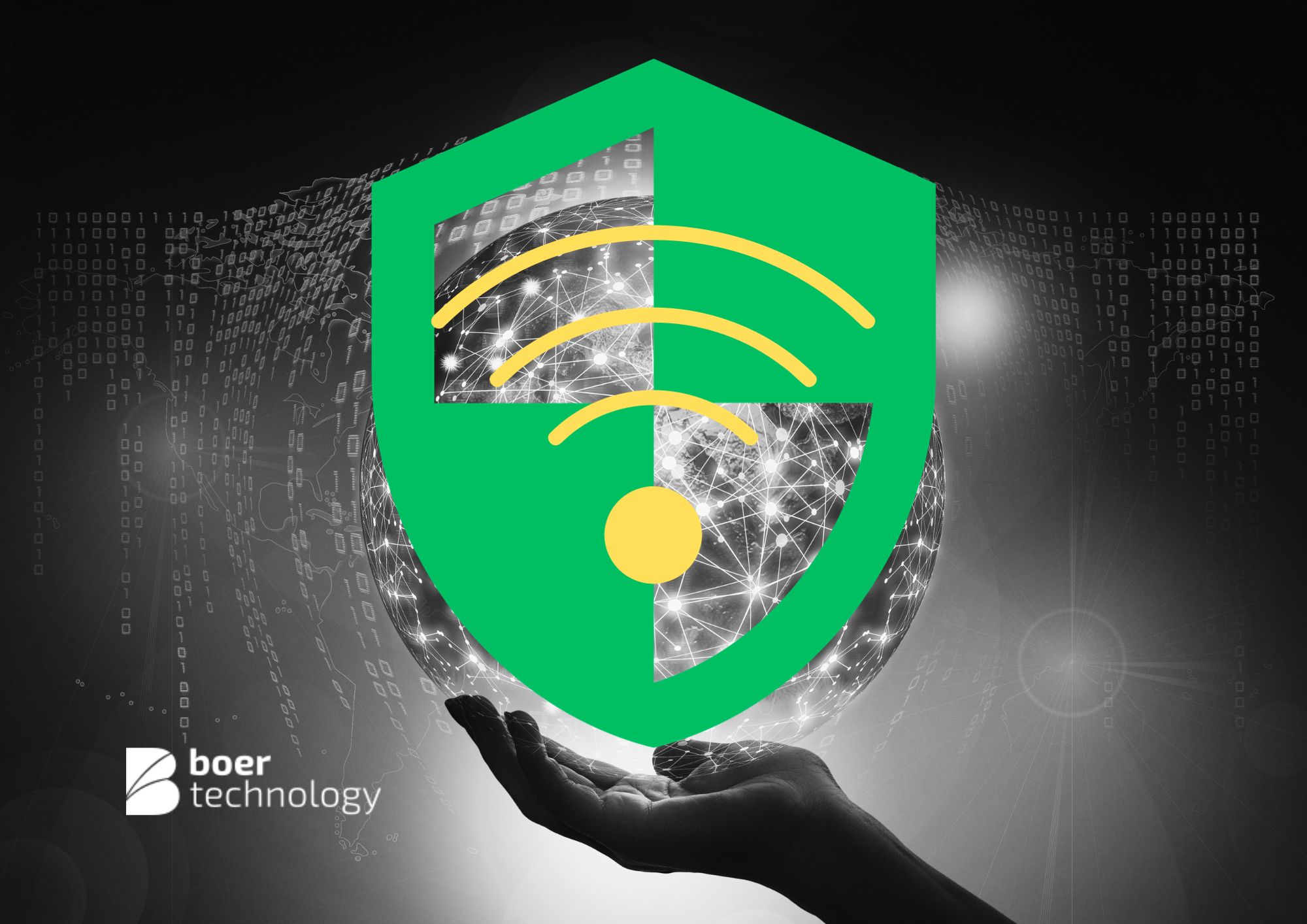Learning Networks: The Cornerstone of Cybersecurity Education
In the rapidly evolving landscape of cybersecurity, the need for well-trained professionals to defend against cyber threats is paramount. Learning networks tailored for cybersecurity education have emerged as a fundamental element in equipping individuals with the necessary skills to safeguard digital systems and information. In this article, we will explore the significance, components, and impact of learning networks in the realm of cybersecurity.
Significance of Learning Networks in Cybersecurity
Learning networks serve as crucial platforms for imparting knowledge and skills necessary to navigate the complex terrain of cybersecurity. As cyber threats continue to advance in sophistication, the demand for adept cybersecurity professionals grows. These networks are designed to offer comprehensive and up-to-date educational content, fostering an environment where learners can gain expertise in various cybersecurity domains.
Components of Learning Networks for Cybersecurity
-
Interactive Modules: These networks provide interactive learning modules covering topics such as cryptography, network security, ethical hacking, risk management, and more. Learners engage in hands-on exercises to grasp theoretical concepts effectively.
-
Simulated Environments: Simulated environments replicate real-world scenarios, allowing learners to practice cybersecurity techniques in a safe and controlled setting. This hands-on experience prepares individuals for potential threats they might encounter in actual environments.
-
Certification Programs: Learning networks often offer certification programs from recognized bodies, validating the skills and knowledge acquired by individuals. Certifications such as Certified Ethical Hacker (CEH), CompTIA Security+, and Certified Information Systems Security Professional (CISSP) hold substantial value in the industry.
-
Expert-Led Training: Qualified instructors and cybersecurity professionals lead training sessions, providing insights and guidance based on their experience in the field.
Impact of Learning Networks on Cybersecurity Education
-
Skill Enhancement: These networks help individuals develop a diverse skill set that encompasses threat detection, incident response, risk management, and secure system architecture, among others.
-
Industry Relevance: The content and programs offered in these networks are often aligned with the latest industry trends and emerging cyber threats, ensuring learners stay updated.
-
Career Advancement: Individuals equipped with certifications and skills acquired through these learning networks have enhanced career prospects, as organizations seek proficient cybersecurity personnel.
Current Trends and Innovations in Learning Networks for Cybersecurity
-
Adaptive Learning: Utilizing machine learning and AI algorithms to personalize learning experiences, adapting to individual progress and requirements.
-
Gamification: Introducing game-like elements and challenges to enhance engagement and make learning more enjoyable.
-
Microlearning Modules: Offering bite-sized, easily consumable content that can be accessed anytime, anywhere, catering to busy professionals.
Future Prospects and Challenges
The future of learning networks for cybersecurity seems promising as technology continues to advance. However, challenges such as the rapid evolution of cyber threats, the need for continuous updates in learning content, and the adaptation of new technologies pose persistent challenges.
Conclusion
Learning networks have become indispensable tools in shaping the future of cybersecurity education. With their ability to provide dynamic, up-to-date, and practical knowledge, they equip individuals with the skills needed to combat ever-evolving cyber threats. As technology progresses, the role of learning networks in cybersecurity education will remain vital, adapting to the changing landscape and continuing to produce highly skilled cybersecurity professionals.
Read also: CLOUD COMPUTING NETWORKS: BUILDING THE BACKBONE OF MODERN DIGITAL INFRASTRUCTURE
Read also: MULTI-CLOUD SECURITY: HOW SAFE ARE YOUR DATA AND WORKLOADS?

